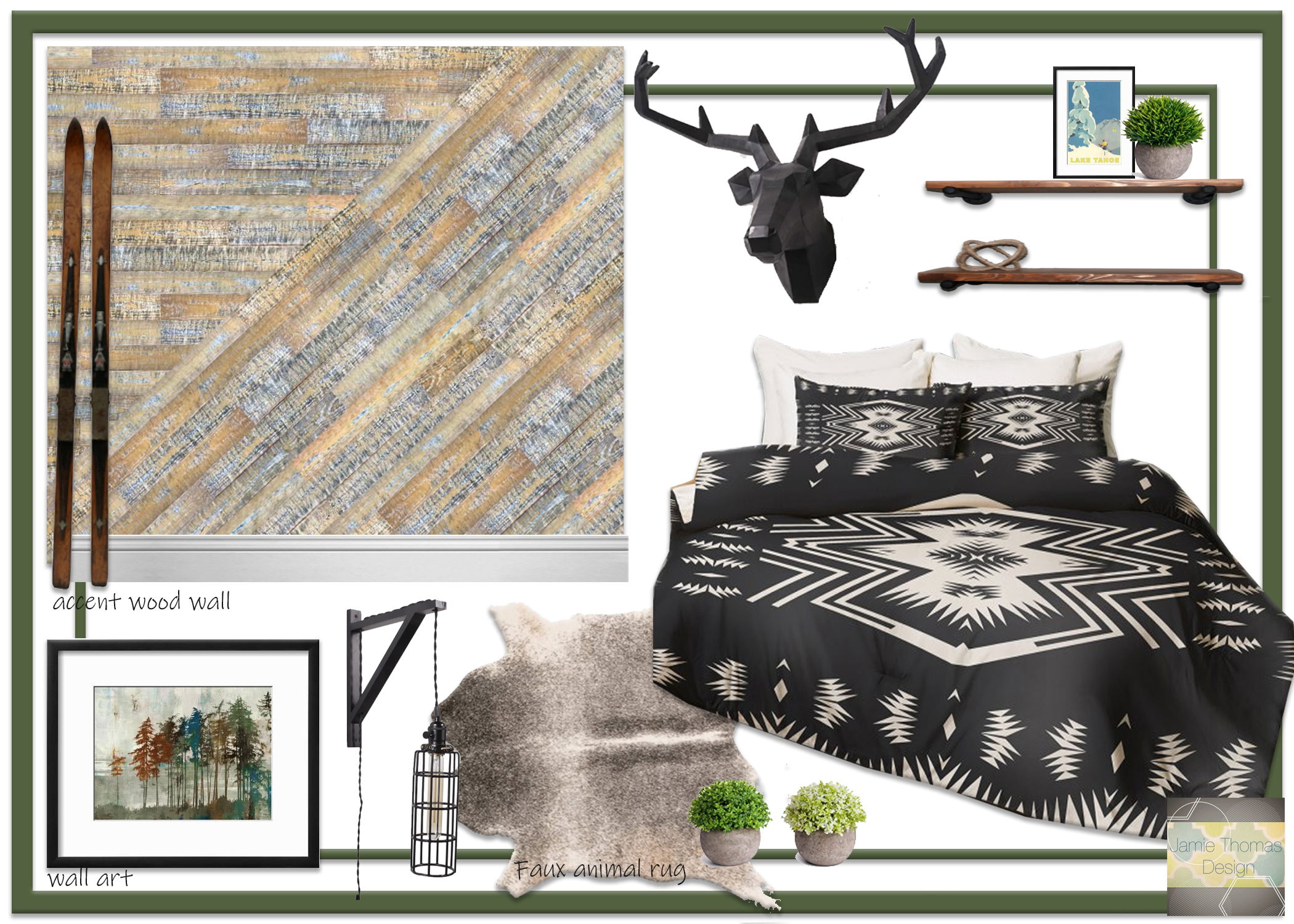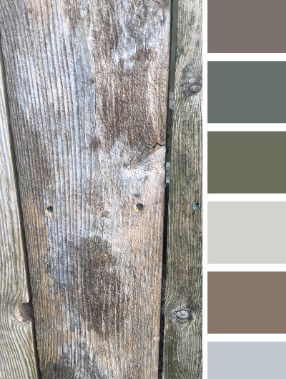How to choose an interior paint scheme.

1. It's all about finding Inspiration!
For an easy way to create a color scheme, base your choices on an image or item you love. This could be a piece of art you want to incorporate, an area rug, textiles, a photo you saw online, or a patterned fabric that appeals to you. The key is to pull out specific shades within the design and apply them to your choices. Pay attention to light and dark tones so you keep within a balanced range of tones similar to your inspiration.

2. Consider the value of the color.
As you choose colors, don't forget to consider the value, which refers to the lightness or darkness of a hue or saturation of the color. A mix of values within your color scheme helps to keep a multi-hue palette from looking chaotic. The color that acts as the room's dominant hue depends on your preference. The best thing to do is to go for a color that you are comfortable with.
3. Consider how light will affect the color.
Pay attention to the lighting in your room. Color will look completely different from the paint store, and also from room to room in your home. Color is a reflection of light, so the kind and amount of light in a room will significantly impact a color scheme. Experiment with how natural light or light from lamps and recessed fixtures affects color in fabrics, paint, furniture, and other surfaces. Daylight is considered the perfect light source because it has nearly uniform intensity over the entire visible spectrum of colors. Natural light changes from sunrise to sunset as the sun's rays travel through varying amounts of atmosphere. When considering a color scheme for a particular room, spend some time in the space throughout the day, noting how the shifting light affects it. Incandescent lamps emit a redder and warmer light than sunlight. Fluorescent lamps, on the other hand, generally create a bluer, cooler light. When selecting colors for a room that is used primarily before sunrise or after sunset, choose the colors only under the lighting used in the room. Keep in mind that any color with white in it will reflect the colors that surround it. A white wall, for example, will take on the reflections from carpeting, ceiling color, and even furnishings.
4. Make a plan!
Layout the swatches you have picked out and if make a map of your home, see how they will all work together. Once you have it narrowed down. Buy a sample of the paint and actually try it on your walls. you can paint it directly or some companies have large peel and stick color chips you can purchase. It should be pretty evident if you love or hate the color!

5. Don't be afraid to get help.
You may have tried everything, and you haven't found the color you are envisioning for your space. Don't worry you can always hire a designer! Most designers offer color consultations. I find a lot of clients who have great things they love in their home and just can't quite pull it all together with color. Once we go out to provide a color consultation it makes a world of a difference.


